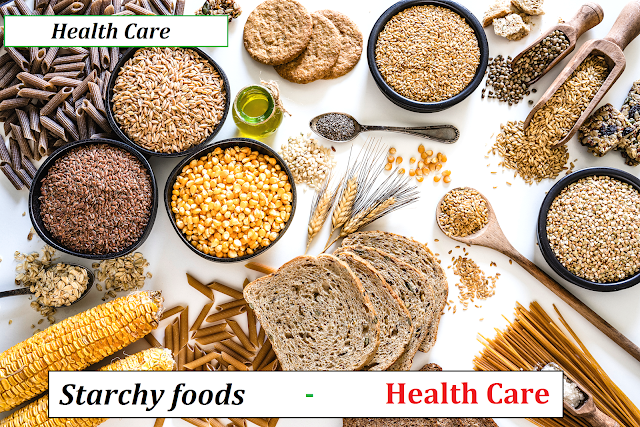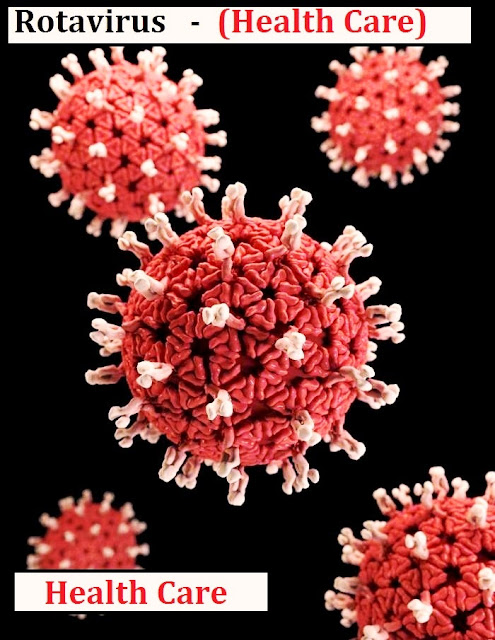Carbohydrates from starchy foods
Our primary supply of carbohydrates comes from starchy foods, which are crucial to a balanced diet.
Just over a third of your diet should consist of starchy foods like potatoes, bread, rice, pasta, and cereals.
Choose wholegrain varieties whenever possible, and have potatoes with the skin on for additional fibre.
As part of a wholesome, balanced diet, we ought to consume some starchy foods each day.
Why do you require meals high in starch?
Starchy foods are our primary source of a variety of nutrients as well as an excellent source of energy.They also include fibre, calcium, iron, and B vitamins in addition to carbohydrates.
Thought to be fattening by some, starchy foods actually contain less than half the calories of fat per gramme.
Just be mindful of the additional fats you use when cooking and serving them because this will raise the calories.
carbohydrates and fibre
Potatoes (especially when eaten with the skin on)
and wholegrain versions of starchy meals are both rich sources of fibre.
A variety of chemicals present in the cell walls of
fruits, vegetables, legumes, and cereal grains are together referred to as
"fibre."
Indigestible fibre facilitates the passage of other
foods and waste materials through the digestive tract.
This type of fibre is present in foods like potato
skins, wholegrain bread and cereal, brown rice, and wholewheat pasta.
You're less prone to overeating if you consume
enough fibre, which can also aid in maintaining healthy intestines.
As a result, wholegrain starchy meals like potatoes
eaten with the skin are highly recommended if you're trying to lose weight.
Some forms of fibre, including those in oats,
pulses, and fruits and vegetables like apples, carrots, and potatoes, can be
partially digested and may help lower blood cholesterol levels.
How to increase your intake of carbohydrates
You may boost the number of starchy foods in your diet by using these suggestions.
Breakfast
· Select whole-grain cereals or incorporate some into your go-to healthy morning cereal.
· A comforting winter meal is plain porridge with fruit.
· A delicious summertime breakfast is whole oats combined with fruit and low-fat, low-sugar yoghurt.
Dinner and lunch
. For even more fibre, eat the skin of a baked potato
for lunch.
. Instead of eating chips or fried potatoes, make
oven-baked potato wedges.
. However, do not exclude the veggies. Instead, eat
more rice or pasta and less sauce.
. Try whole-wheat, granary, or seeded breads. You'll
consume more fibre if you choose whole- . .
grain varieties of foods.
. Brown rice makes a delicious rice salad, so give it
a try.
starchy food varieties
Potatoes
In addition to being a fantastic option for starchy
foods, potatoes are also an excellent source of potassium, fibre, B vitamins,
and energy.
Potatoes are another major source of vitamin C in
the UK. We often consume a lot of potatoes, despite the fact that they only
include a little quantity of vitamin C. They offer good value for the money,
which could be a wise decision.
Despite the fact that potatoes are a vegetable, we
typically consume them in the UK as the starchy portion of a meal, and they are
an excellent source of carbohydrates.
As a result, potatoes are not included in the five
servings of fruit and vegetables you should consume each day, despite the fact
that they may be an essential part of your diet.
When boiled, baked, mashed, or roasted with little
to no fat or oil and no additional salt, potatoes are a healthy option.
Chips fried in oil or served with salt, such as
French fries, are not a healthy option.
Choose low-fat or polyunsaturated spreads or
sparingly use unsaturated oils like olive or sunflower oil when preparing or
serving potatoes.
Use skimmed, 1%-fat, or semi-skimmed milk rather
than whole milk or cream for making mashed potatoes.
When feasible, keep the potato skins on to preserve more of the fibre and vitamins. Eat the skin when you boil or bake potatoes, for instance.
Some nutrients will seep out of potatoes when they are boiled, especially if they have been peeled. Use just enough water to cover them and boil them for only as long as necessary to prevent this from happening.
Potatoes can be kept in the refrigerator or in a cold, dry area to prevent sprouting. Any potatoes that are green, broken, or sprouting should not be consumed since they may contain toxic substances.
Bread
A balanced diet should include bread, especially wholemeal, granary, brown, and seeded kinds.
We get energy from wholegrain, wholemeal, and brown breads because they are high in fibre, B vitamins, vitamin E, and a variety of minerals.
Although white bread has less fibre than wholegrain, wholemeal, or brown bread, it nevertheless includes a variety of vitamins and minerals. Look for alternatives with more fibre if you love white bread.
Some people steer clear of bread because they fear
developing a dietary intolerance or allergy to wheat or because they believe
that bread contributes to weight gain.
However, eliminating all food from your diet might
result in you missing out on a variety of nutrients you require for good
health.
Consult your doctor if you think you may be allergic
to or intolerant to wheat.
Keeping bread at room temperature is possible. To
ensure that you consume it fresh, pay attention to the "best before"
date.
Products of cereal
Grain products are used to make cereal. Our daily
intake of iron, fibre, B vitamins, and protein may be increased by eating
wholegrain cereals. Options with more fibre may also offer a gradual release of
energy.
Wholegrain cereals that are widely accessible
include wheat, oats, barley, rye, and rice.
As a result, wholewheat goods and cereals made with
oats or oatmeal, such as porridge, are nutritious breakfast choices.
Healthy cereal items include barley, couscous,
maize, and tapioca.
In the UK, there are several refined cereal products with little wholegrain content. Additionally, they may include a lot of added sugar and salt.
Examine the food labels on the cereals you purchase to compare the features of various brands.
grains and rice
Rice and grains are excellent choices for starchy
meals.They provide us with energy, have little fat, and are inexpensive.
There are several sorts to pick from, such as:
· all varieties of rice, including brown, short,
quick-cook, arborio, long grain, and wild couscous and bulgur wheat
Rice and grains, especially brown and wholegrain
variants, can include, in addition to carbohydrates:
. fibre, which can aid in the removal of waste from
your body.
B vitamins, which aid in the release of energy from meals and support healthy
bodily function
. Rice and other grains, including bulgur wheat and
couscous, can be consumed hot or cold and in salads.
When storing and reheating cooked rice and grains,
there are a few safety measures you should follow. This is due to the fact that
some germs that cause food poisoning may survive cooking.
The spores can germinate if cooked rice or grains
are permitted to stand at room temperature. The poisons that the bacteria
generate cause you to become ill (vomit) and have diarrhea. These poisons
cannot be removed from food by reheating it.
Therefore, it is advisable to serve rice and other
grains right away once they have finished cooking. If this isn't feasible, cool
them down within an hour after cooking and store them in the fridge until
you're ready to reheat them or incorporate them into a dish like a salad.
Any rice or grains that have spent the night at room
temperature should be discarded.
Cooked rice should be refrigerated within one hour
and consumed within 24 hours if it is not going to be eaten right away.
In order to completely reheat rice, it should be
cooked to a core temperature of 70 °C for 2 minutes (or an equivalent amount of
time).
Rice should only be warmed once before being
discarded. Rice should only be heated up if it has been properly chilled and
refrigerated before.
Any cold rice or grain salads you purchase should be
stored in accordance with the "use by" date and directions on the
package.
Pasta consumption
Another
nutritious choice for your meal's foundation is pasta. It is formed of dough
containing B vitamins and iron that
is prepared from durum wheat and water.
Wholewheat
or wholegrain pasta is healthier than regular pasta because it contains more
fiber.Wholegrain meals might make us feel fuller for longer since we digest
them more slowly than refined grains.
Fresh
pasta must be refrigerated and normally has a shorter shelf life than dried
pasta, which may be kept in a cabinet.
For
further storage recommendations and "best before" or "use
by" dates, see the food label.





